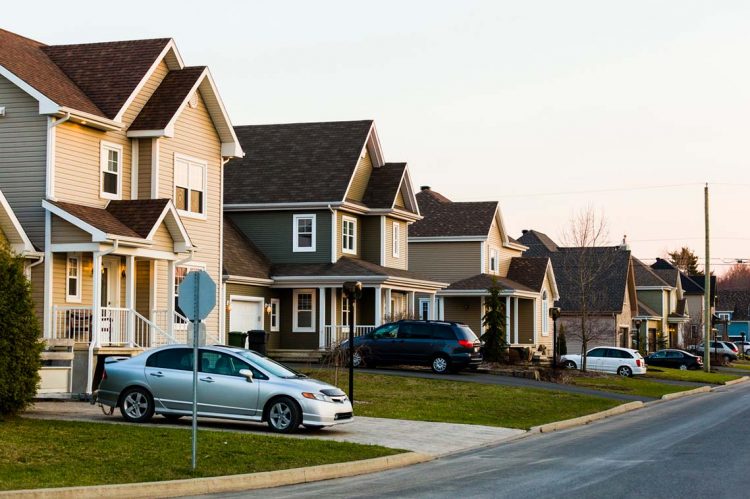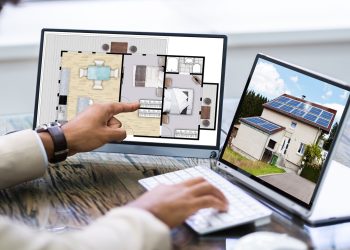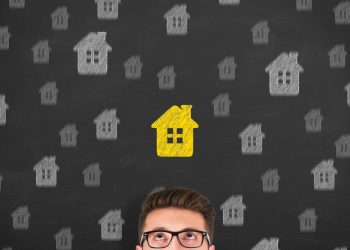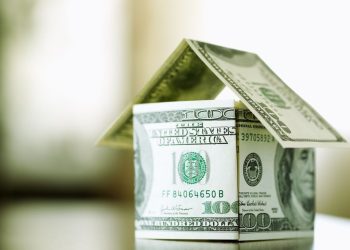Editor’s Note: This is the first part in a three-part series on local innovations focused on affordability and community development.
Often in the housing industry, people get caught looking up. Expecting the next big thing or the solution to long-standing problems to come from a national think-tank, a big conglomerate or an established thought leader is not misguided—a lot of world-changing ideas do originate from these spheres. At the same time, it is easy to miss spectacularly innovative new ideas or approaches simply because they come from elsewhere—from small markets, from outsiders and from different disciplines.
As the entire industry buckles under the weight of a long-simmering crisis of both affordability and lack of inventory, it is possible real estate will claw its way back up through methods and approaches already practiced. It is also possible that, high in the upper echelons of the C-suite, experienced executives and academics are concocting the eventual solutions that will address longer-term problems in real estate like the racial homeownership gap, pessimism around affordability, entry-level new home construction and gentrification.
But it is also possible these ideas are germinating at the grass-roots level, driven by innovators who have found new ways to view housing unencumbered by the burdens of convention and preconception, drawing on resources or expertise not endemic to industry thinking. With how local real estate is, it seems even more likely that great change might grow from the bottom up rather than top-down.
Almost always starting small, these ideas have the chance to grow and spark real and foundational change in how we think about housing:
BuildUP
At 4 a.m. one morning in January of 2017, Harvard doctoral student and educator Mark Martin woke up, and within hours he had the outline for an entirely unprecedented program that would aim to sweepingly and intimately address education, homeownership, skilled labor and real estate markets all together—at least on a small scale.
“Young people would be a part of the solutions in their own neighborhoods rebuilding homes, we would pay them for it, and they would eventually own the homes,” he says. “All of it just kind of hit me at once.”
Martin had spent most of his career in education, frustrated and disillusioned by how badly American schools were failing to meet even the basic needs of students. At Harvard, he says he encountered plenty of sympathy and others sharing that same frustration, but very little in the way of solutions.
“It seemed like we were just going about education the wrong way,” he says.
A year and a day after his early morning revelation, returning to his childhood home in Birmingham, Alabama, Martin launched BuildUP—a fully accredited school that takes young people out of the crumbling local education system and teaches them a myriad of practical skills, including how to build and maintain a home. That home is both their graduation gift and final project, a fully realized dream of homeownership in their home community, imparted with the skills and tools to build a better life.
With around 30 young people enrolled and over 30 houses already owned and in the process of renovation or relocation, BuildUP remains small but has exceeded Martin’s timeline. Other regions as far away as Pennsylvania are already looking at creating some version of the program, he says.
“Our hope is that by doing something boldly different, unique, we can kind of push on systems that control almost all of education,” he says.
As skilled labor remains another huge part of the home shortage crisis, students educated through BuildUP will be able to join the local labor force, finding decent paying jobs and able to renovate and create new housing stock in neighborhoods that have sunk under decades of neglect.
In the area of Birmingham where BuildUP is focused, Martin says that changing the trajectory of neighborhoods is a hugely important part of the equation.
“Basically everyone who could get out did get out, so you’re left with almost nothing but people who got stuck in homes that are grossly underwater,” he explains. “Others got stuck because they’re so poor they can’t go anywhere.”
Launching in these communities was a conscious decision that would prove that the program could work in even the most depressed areas, according to Martin. This decision—to open up in some extremely low-income neighborhoods—also brought support from Fannie Mae, Martin says, with BuildUP standing out as a program that targets very poor families for homeownership opportunities.
BuildUP is currently looking to launch its own mortgage product, according to Martin, with the help of Fannie Mae and other supporters.
“Fannie Mae really wants to be a part of this,” he says.
The homes themselves have so far been acquired by nearly every means imaginable—some from government auctions or land banks, some purchased from private owners for cheap and several homes literally donated and relocated from nearby affluent areas.
“We pick it up off the foundation, and we’ll roll it into places like Ensley or Titusville,” he says. “Areas that have seen nothing but decline. We’ll take a house that appraises for $250,000 or $200,000 in that neighborhood and then put it on land in our neighborhood.”
Many of these homes are in good shape, scheduled for demolition by wealthy owners who are building something else on the land.
“If they can donate the home and be a part of rebuilding Birmingham and be a part of forever changing a family’s life…that’s pretty impactful,” Martin says. “But it also works pretty well financially because it goes from being something they’re going to pay out of pocket , to being something they get a huge tax break on.”
The city also benefits as new properties are added to the tax rolls, blighted homes are revitalized and new laborers join the local economy, Martin points out. He says he hopes towns recognize just how great an opportunity this is, imagining some sort of “buy one get one free” program for dilapidated land could accelerate how quickly neighborhoods are revived (it took 22 months to receive a property from the local land bank).
“A lot of people don’t understand,” he says. “Without the population, you can’t just rebuild the whole city.”
For the students, who will graduate with a post-secondary degree and a home of their own, the impact is hard to quantify, Martin says. Though BuildUP has yet to honor its first graduating class (some students have received high school diplomas and are living in their homes, but have not yet completed their college education), Martin envisions programs like his able to have tremendous impacts for people and housing across the country.
“There’s plenty of need,” he says. “If we make a big enough dent then others start to improve and others start to move in, and all of the sudden it’s the hot spot in town. It doesn’t take long for prices to shoot up.”












